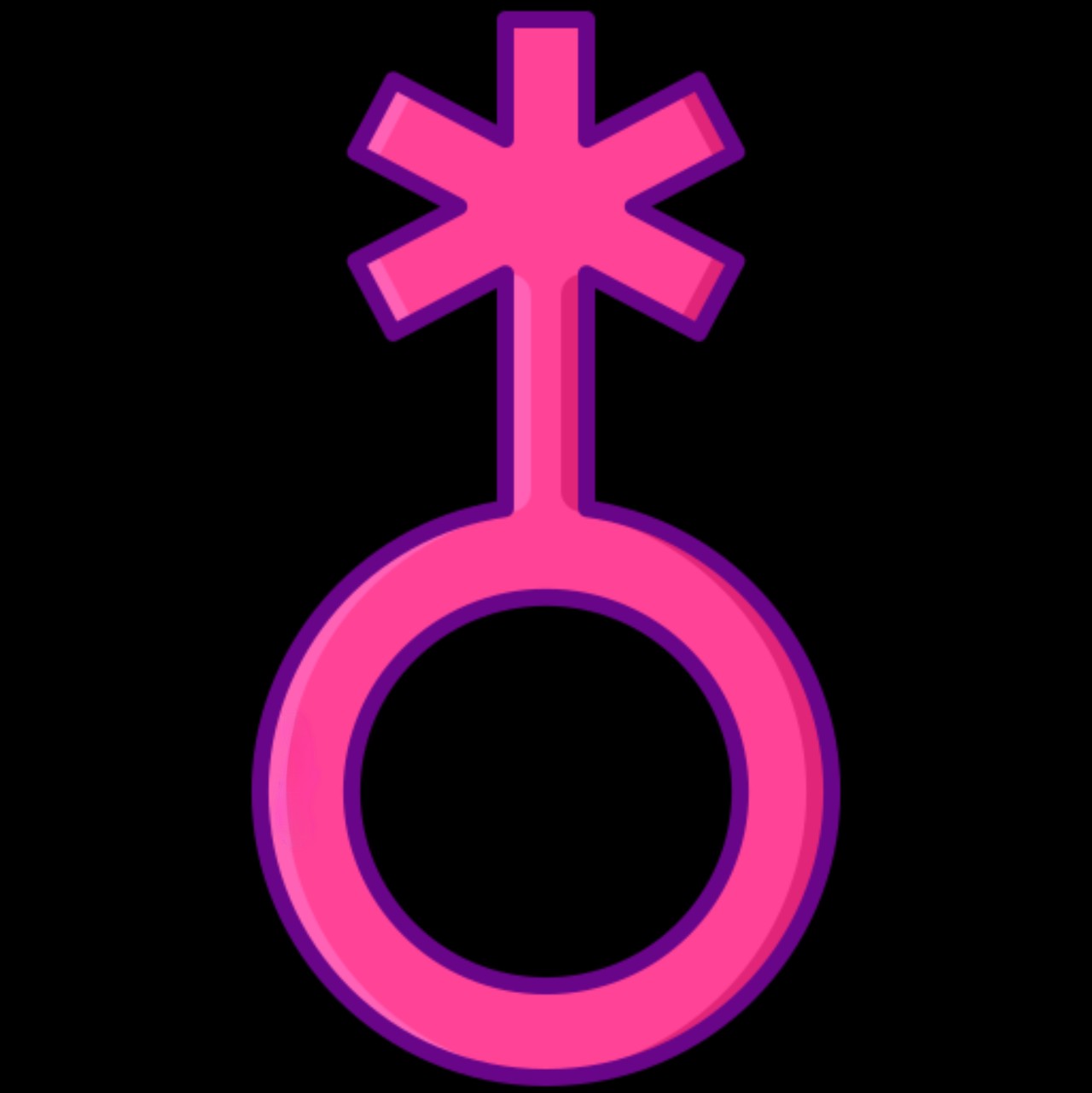The
NACS adapterDC-to-DC converter is limited to 50 kW:Using this solution, the Air can charge at up to 50 kW and gain up to 200 miles of range per hour of charging, giving owners additional peace of mind while on the road. With the adapter, owners will be able to initiate charging on Tesla Superchargers via the Lucid App, with a credit card saved to their Lucid Wallet.
Saved you a click.
It’s not a limitation of the adapter itself. I mean it might be, but the architecture of the battery is the bigger issue. Lucid (and several others including Hyundai/Kia and VAG) use 800V batteries and most superchargers are only compatible with 400V. The new V4 superchargers support 800V+ charging though. At that point the adapter may become the limiting factor.
Fair point, I’ve updated my comment!
But can they still use a decent adapter and charge at 250 kW?
The comments seem to indicate that it’s an issue with the Air’s DC-to-DC converter as it tries to step up the 400V the Superchargers provide to 800V.
Big oof. Thanks!
Was curious why it was limited to 50kW. This explains it:
https://www.caranddriver.com/shopping-advice/a60788759/tested-best-nacs-to-ccs-adapters/
If you currently own an electric vehicle that uses an 800-volt or higher battery architecture, such as a Hyundai Ioniq 6, Porsche Taycan, or Lucid Air, you’re able to use Tesla Superchargers with a Magic Dock and Tesla app, but you may experience slow charging speeds. Why? Currently, the Magic Dock chargers have a maximum output of 500 volts, as they were originally designed for only Teslas—which up until the Cybertruck launches, all used a 400-volt battery system like most EVs. Meanwhile, 800-volt EVs have an onboard inverter to make them compatible, but that inverter is limited by the hardware the automaker specified, which tends to be from 50 to 150 kW. This makes them unable to charge at their peak DC fast-charge rates at Tesla’s 500-volt Superchargers, whereas fast-chargers elsewhere in the public charging infrastructure, such as Electrify America, have a 1000-volt maximum.
As someone with an EV that also was sent a free NACS adapter, I have never once needed or desired to use Tesla’s chargers, even on long (thousand mile) road trips. I understand that more options is always better, but I don’t think buying into Tesla is in the cards for me.
My first EV was a Bolt. My experience with Electrify America and EVGo and others was atrocious. That’s why (among other reasons) I switched to Tesla in 2020. Maybe they’re better now but I’m not looking back.
That’s fair. I really haven’t had many issues with EA, Rivian, or EVGo. There’s a lot of others in my area that I haven’t tried yet as well. I would much rather use anything but Tesla at this point.




